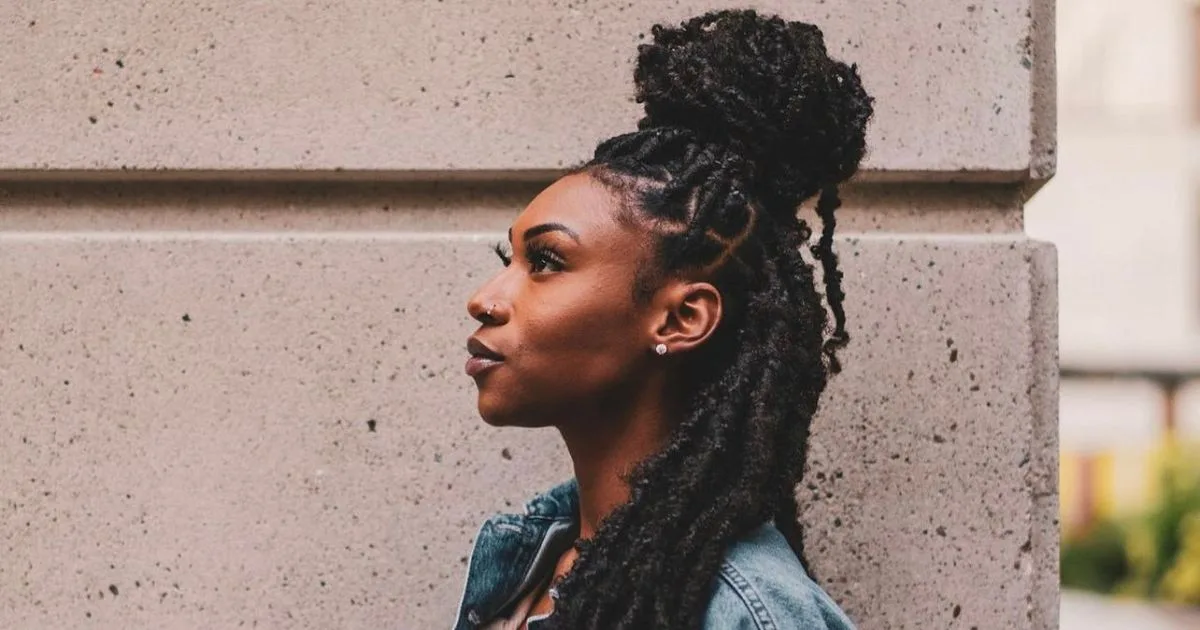
Six years later, Jhamesha Millord still remembers the handcuffs digging into her wrists and ankles, being stripped of her jewelry and shoelaces and the five-hour wait in a holding cell in a courthouse basement.
She was 17 when police came to her school with a warrant for her arrest for failing to appear in court. She said she’d forgotten the court date and went to class instead.
“They were treating me like I was an actual, real prisoner,” she says.
Millord’s interactions with police started in Grade 9 at her Ottawa high school. She was caught with marijuana on school property and received a warning. She was caught a second time in Grade 10 and had to do community service. On the third strike, a year later, she was officially charged with possession of cannabis.
Millord says she grew up in a strict home that felt like “a little prison”: no sleepovers allowed; no hangouts with friends; and a mother who called the police and filed a missing person report if she missed curfew.
“I would smoke weed at school to escape everything that I was going through as a teenager,” she says.
But no one ever asked why she was acting out. She was only required to speak with a guidance counsellor after the arrest.
Meanwhile, she says she noticed Black students facing harsher punishments than their white classmates.
“I would see the white kids selling weed at school, and they would have more of a chance. They would mostly get suspended. But with the Black kids, it would be straight expulsion. It was the Black boys, mostly,” she says.
It’s a pattern that is all too common in schools, experts say. When Black students act out, school officials are quick to call the police or use tools like suspensions or expulsions to deal with behavioural problems that often stem from mental health issues or troubles at home. In contrast, white students tend to get second chances, referrals for educational or psychological testing or special parent-teacher conferences. This racial discrimination leads to Black students struggling with racism-related mental health conditions. This can look like depression, anxiety, suicide, but also rage, violence and substance use, which can lead to school or police discipline again.
Contributing factors
Police involvement contributes to what experts call the “school-to-prison pipeline” — a system that pushes marginalized students out of schools and funnels them into the criminal justice system.
In 2021, a Catholic school in Waterloo, Ont., called the police over an incident involving a four-year-old Black child.
And in 2016, Peel police officers handcuffed a six-year-old girl who was allegedly acting violently, which police say was for her own safety.
In that case, the Ontario Human Rights Tribunal found the officers’ actions violated the student’s human rights and awarded her $35,000 in damages.
“There’s a reason that students are behaving in a certain way, whether that means they’re acting out or what the teacher is perceiving as acting out in class,” says Hailey Dash, one of the co-founders of the Asilu Collective, an Ottawa-based social justice group. “The solution is to see why that student is behaving that way and it’s very often because of systemic injustices.”
More on Broadview:
This need is all the more pressing given the toll anti-Black racism takes on the mental health of Black children and their families, says Melissa Enmore, a Toronto-based consultant and a PhD student in psychology at California Southern University.
Many parents of Black children experience their own fair share of trauma through microaggressions, discrimination, financial insecurity and other forms of anti-Black racism. This can lead to an unsafe home environment, Enmore says.
Nearly a third of Black participants in a 2020 Statistics Canada survey reported fair or poor mental health compared to 23 percent of white participants.
In addition to not receiving care and validation at home, many Black children also face racism at school, which further impacts their sense of self, Enmore says.
“This then leads to the child feeling like, ‘I’m not good enough. I’m a failure. I’m disruptive,’ which then almost becomes a self-fulfilling prophecy.”
Then when a child acts out at school and police intervene, that sends the message that they must bottle up their emotions, she says.
Black families that do seek mental health support for their children face several barriers to accessing care, such as racism and discrimination from health practitioners, financial insecurity, wait times and stigma.
Tiyondah Fante-Coleman, a researcher with Toronto-based Pathways to Care, an initiative that aims to transform mental healthcare for Black children and youth, says the government needs to make mental healthcare services accessible.
“What are the intentional political choices that we’re making that affect youth, despite saying that we want less criminalization and we want to address the mental healthcare crisis?” she says.
Black youth who don’t access mental health treatment face a higher risk of increased interaction with the justice system, according to a 2020 review that Fante-Coleman co-authored. They might get access to care through involuntary avenues like arrest or hospitalization, but they’re more likely to disengage from it, she notes.
Dismantling the school-to-prison pipeline
Putting an end to policing in schools is a critical first step, advocates say.
In May 2020, Asilu led a campaign calling for an end to police presence in Ottawa schools. A year later, the city’s largest school board, Ottawa-Carleton District School Board voted to remove police officers from all its schools. A week after the board’s decision, the Ottawa Police Service ended its School Resources Officer program altogether.
But Dash says Asilu’s work in this arena isn’t done. Policing still exists in schools, “despite the fact that the SRO program ceases to exist,” she says.
The group has received statements from students through its anonymous reporting tool that they’re being followed by school administration through hallways and washrooms, Dash says.
This June, a motion to reopen the debate over police presence in schools failed during an OCDSB meeting, according to the Ottawa Citizen.
A member of Asilu asked trustees to shut down the matter, saying “Let’s not repeat work we have already accomplished together just two short years ago,” the Citizen reported.
Moreover, school disciplinary measures such as suspensions and expulsions may not involve the police, but are still discriminatory and disproportionately affect Black youth, research has shown.
A 2017 York University report found that Black students in Toronto were being suspended at an alarming rate compared to their classmates. Forty-two percent had been suspended at least once during high school. By comparison, only 18 percent of white students and 18 percent of other racialized students faced suspensions.
Interested in more stories like this? Subscribe to Broadview’s weekly newsletter.
Students who were suspended or expelled were most likely to drop out of school completely and often got involved in criminal activity, according to the same report.
Schools need to find other ways to discipline students, says Naomi Graham, a teacher at Southfields Village Public School in Caledon, Ont.
“The first step is getting to know your students’ circumstances so you can know what would be causing those issues,” she says.
“We talk about safe ways and healthy ways we can express our feelings to people. We talk about who we can go to if we need help.”
Looping in parents, who are often seeing the same behaviours at home, can also help with problem-solving, according to Graham.
As a former student in the Peel District School Board, Graham says she is familiar with disciplinary measures that target Black students. In 2020, a report commissioned by the Ministry of Education found the board lacked the ability “and perhaps even more importantly, the will” to address serious anti-Black racism within its schools.
Following the report, the ministry appointed a third party to investigate the board. Last year, the board announced a new policy aimed at dismantling systemic racism.
While attitudes and policies at some schools are evolving, there is still a long way to go until Black students receive mental health support when they need it, critics say. And those who do not get that support can suffer long-term effects.
Now 23, Jhamesha Millord says her mental health has improved. She’s seeing a counsellor and finishing her bachelor’s degree in business management and entrepreneurship at Algonquin University.
But the aftermath of her experience in high school never fully wore off.
“I just can’t get it out of my head that I kind of deserved it in a way,” she said.
***
Dominique Gené is a journalist and writer based in Ottawa.
We hope you found this Broadview article engaging.
Our team is working hard to bring you more independent, award-winning journalism. But Broadview is a nonprofit and these are tough times for magazines. Please consider supporting our work. There are a number of ways to do so:
- Subscribe to our magazine and you’ll receive intelligent, timely stories and perspectives delivered to your home 8 times a year.
- Donate to our Friends Fund.
- Give the gift of Broadview to someone special in your life and make a difference!
Thank you for being such wonderful readers.
Jocelyn Bell
Editor/Publisher



